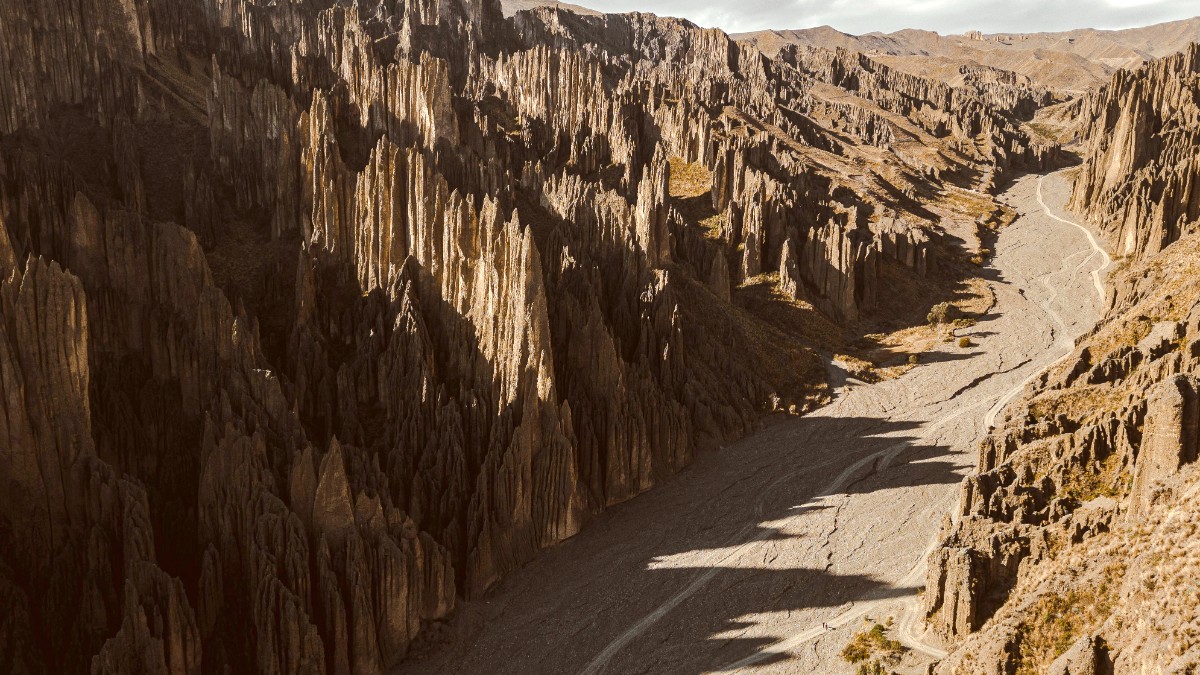
Bolivia
Layering is the most important packing strategy for La Paz, allowing adaptation to changing temperatures throughout the day.
Dress for varying temperatures and cultural respect. La Paz is generally casual; avoid overly revealing clothing.
Essential for hilly, often uneven, and cobblestone streets. Select shoes with good grip and cushioning.
Waterproof boots with good ankle support are recommended if planning treks or activities like the Death Road.
Useful for relaxing indoors or in hostels, but not suitable for extensive outdoor walking due to terrain and weather.
Carry both original and copies of important papers.
Plan for your electronic needs, including power, communication, and data backup.
Keep your devices charged and your data backed up securely. Always good practice for any journey.
Google Maps (download offline maps for La Paz), Maps.me (detailed offline maps).
Google Translate (download Spanish offline pack for use without internet).
Uber and Didi are available for ride-sharing. WhatsApp is widely used for communication with locals and operators.
A well-stocked personal health kit prepares you for common travel ailments and high-altitude challenges.
Protect against sun, insects, and consider specific personal hygiene needs.
Gear for exploring trails and mountains.
For thrilling descents like the Death Road.
Decide what to rent or bring for your trip.
These items improve comfort, security, and convenience during your trip.
Eco-friendly choices and useful additions for your journey.
For securing hostel lockers or luggage.
A discreet Money belt for passport, cash, cards.
An RFID blocking wallet to protect credit cards.
A small, secure bag for daily use, kept in front in crowded areas.
Pack a small, separate bag with your first day's clothes, toiletries, and medications.
This is useful if your main luggage is delayed.